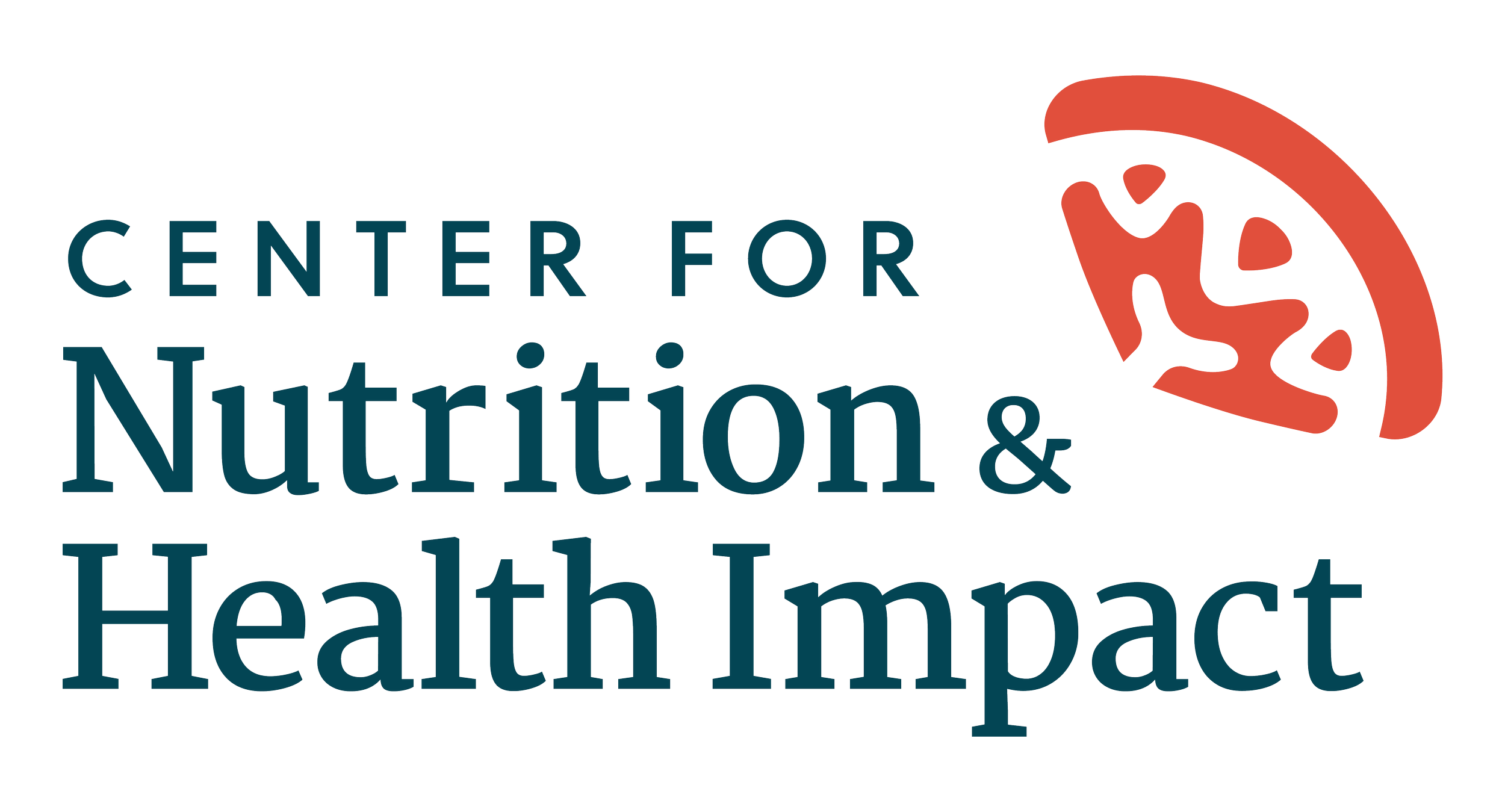---- OUR WORK ----
Study on Food Insecurity in the United States and Australia:
Developing a comprehensive household food security tool to examine the experience of food insecurity in both countries
Funder: The Charley Eisele Family Foundation
With support from The Charley Eisele Family Foundation, researchers from the Center for Nutrition & Health Impact (CNHI) in Omaha, Nebraska, United States and the Institute for Physical Activity and Nutrition at Deakin University in Melbourne, Australia compared and contrasted the experience of food insecurity among parents of young children (ages 0-5) and pregnant women in both countries and developed a comprehensive household food security tool. Historically, food insecurity has been addressed by countries individually, with limited cross-country collaboration. This work funded by the Charley Eisele Family Foundation is groundbreaking in fostering a spirit of shared learning and disseminating “what works” to address food insecurity across the globe. It is important for researchers and practitioners alike to widen their view and collaborate across borders and sectors.





